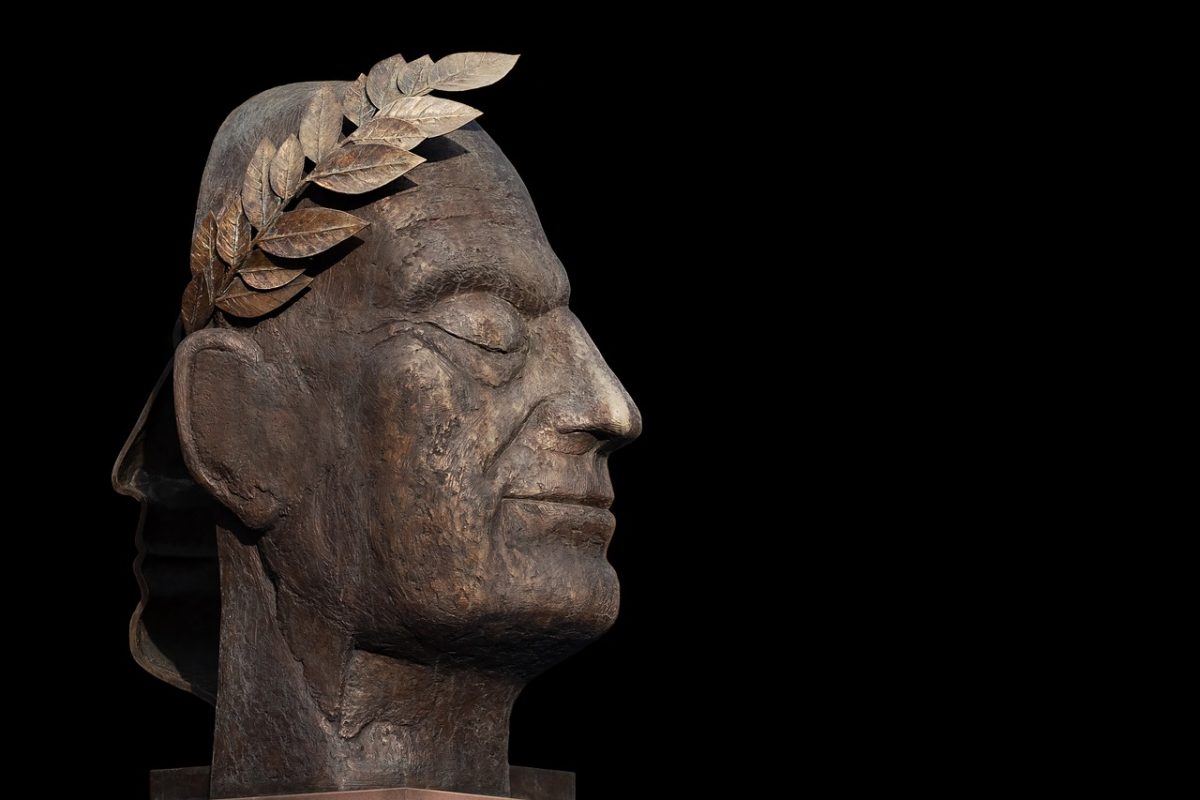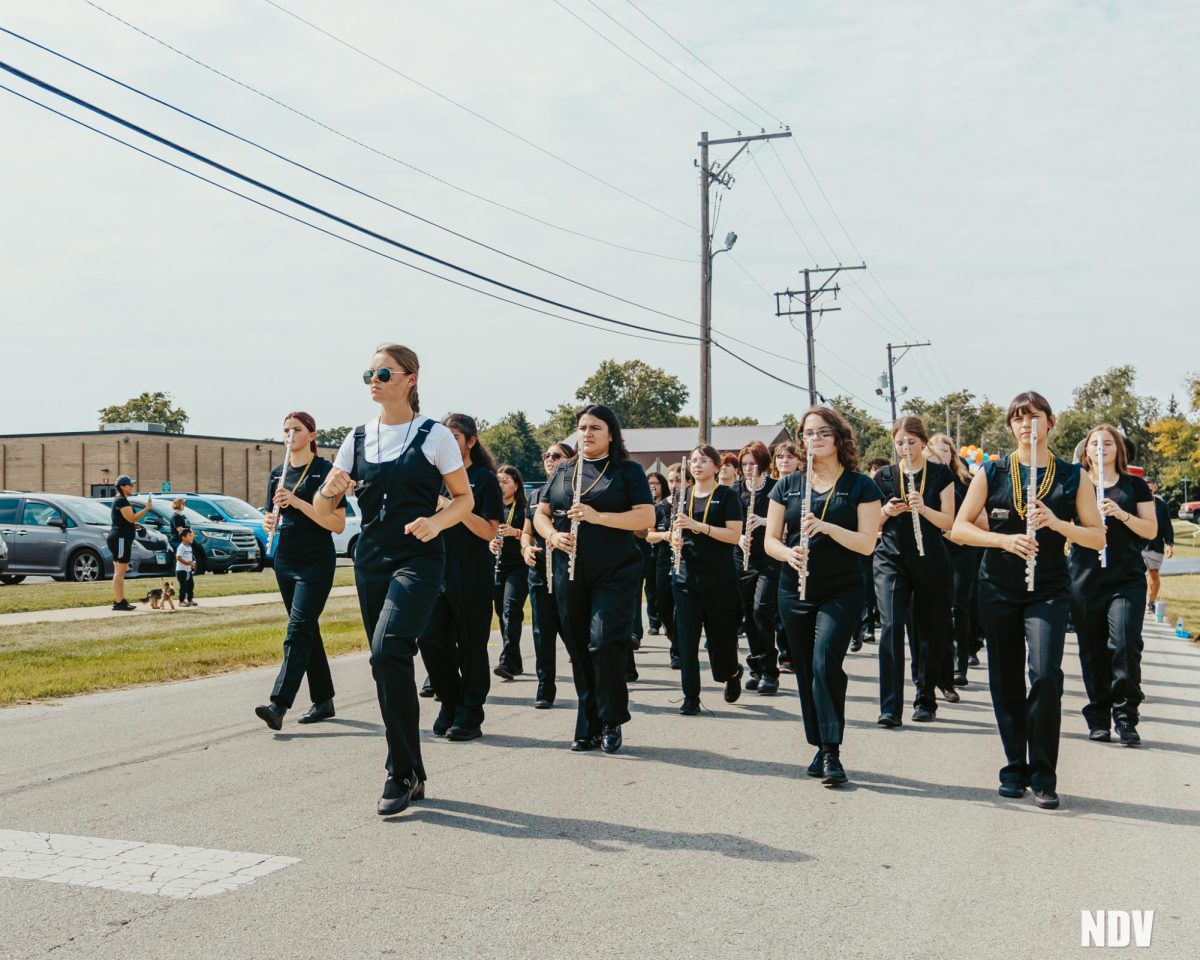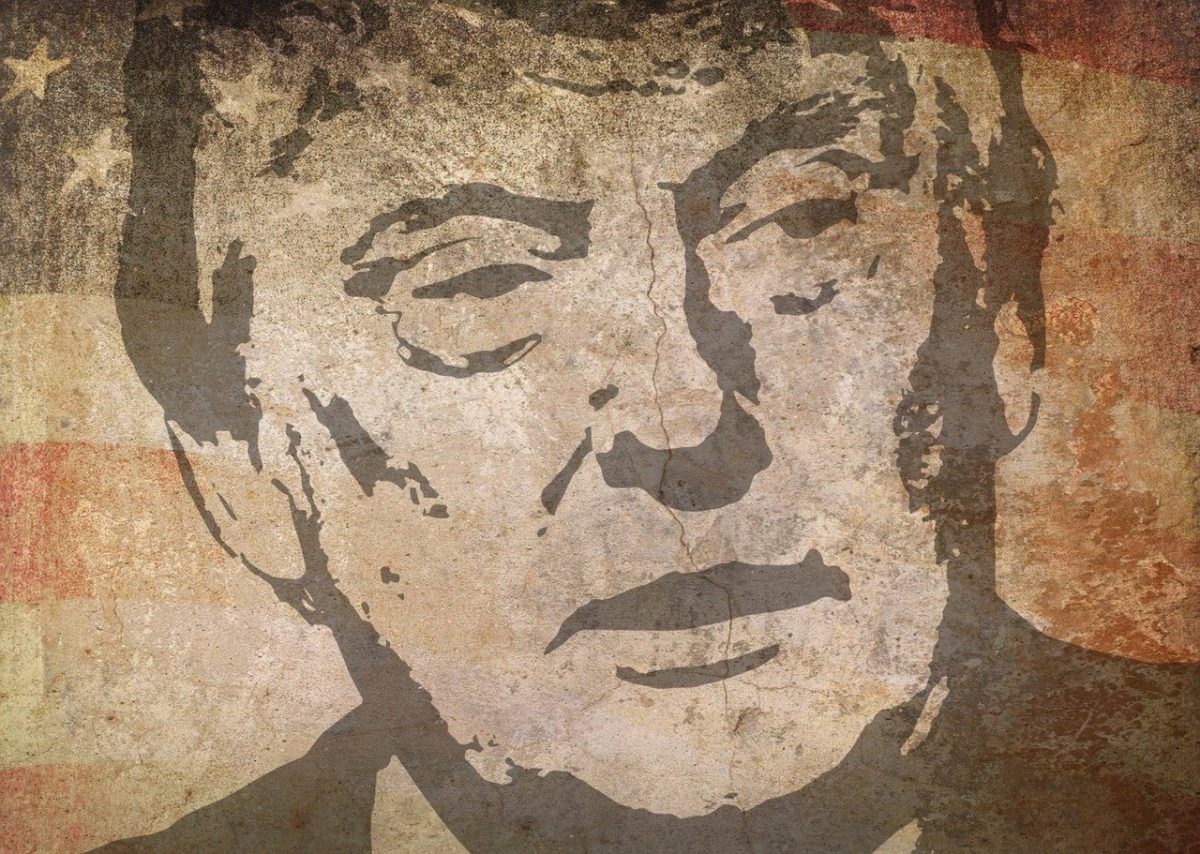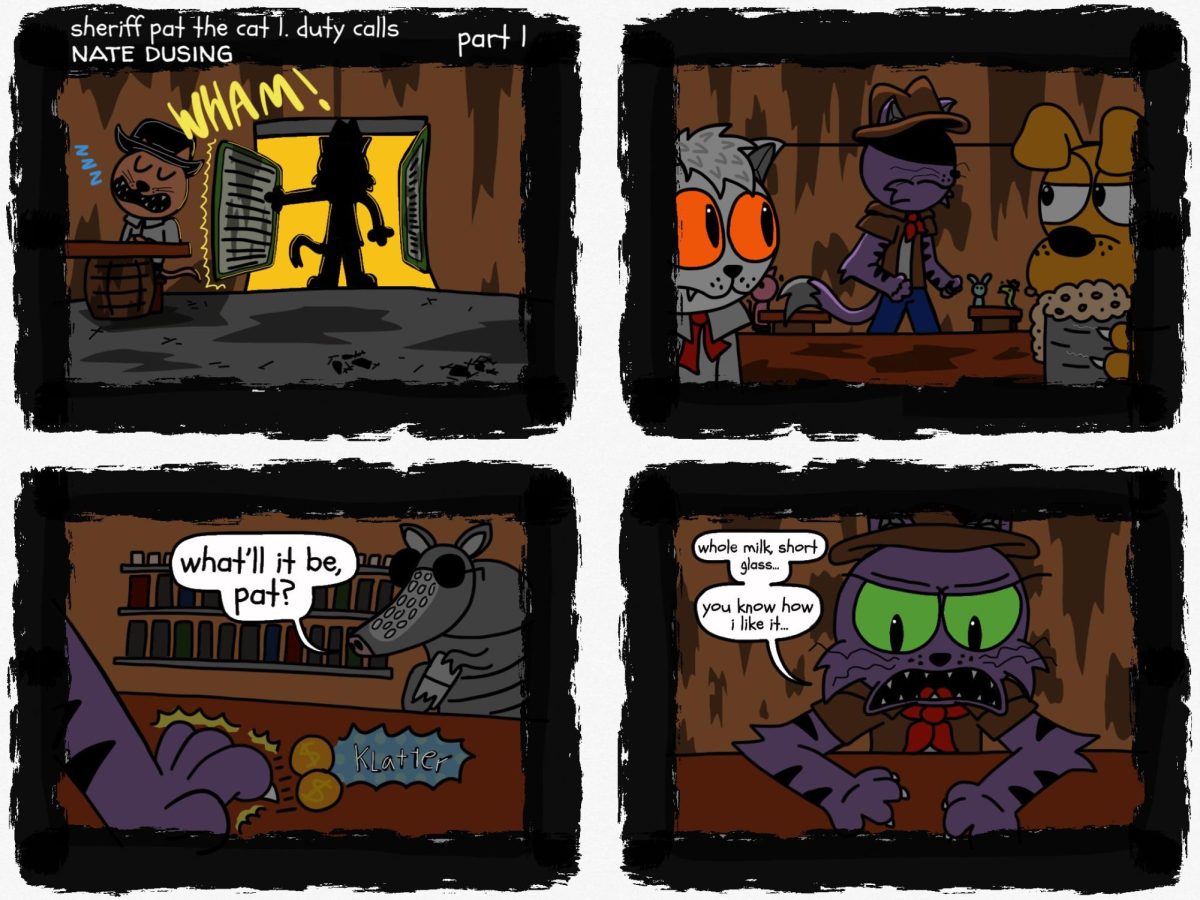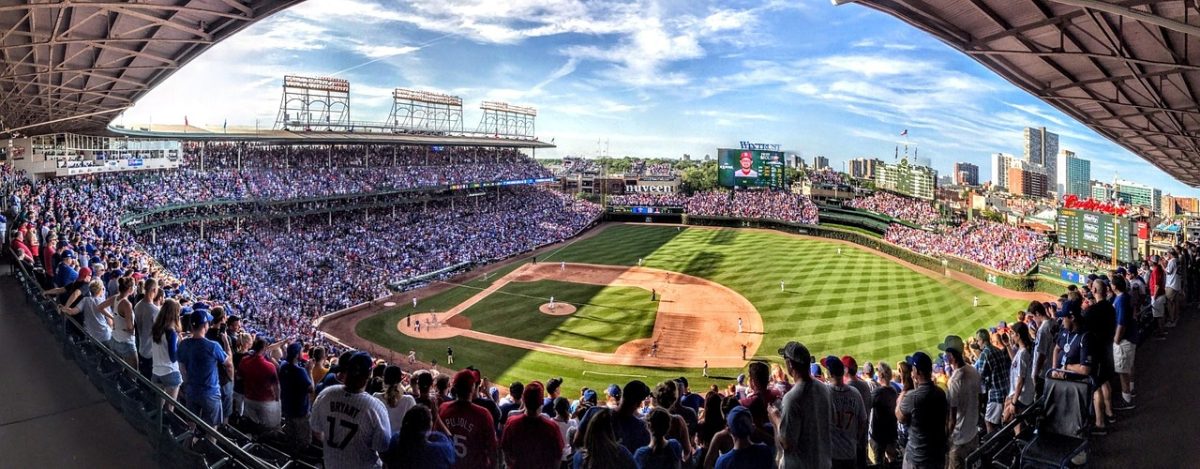The fall of the Roman Empire is a complex and intricate event. It can be attributed to a variety of factors. I want to look into some of the weaknesses and challenges that the late Roman Empire faced, shedding light on how these contributed to its eventual downfall.
First, we should highlight the erosion of military discipline and preparedness, which the 5th-century Roman historian Vegetius documented. Foot soldiers began to abandon their traditional armor, such as breastplates and helmets, due to negligence and laziness. Parade ground drills were neglected, and soldiers rarely wore their armor. This weakened the effectiveness of the Roman army, as they faced enemies like the Goths without proper protection. The lack of armor made the soldiers vulnerable to archers and other forms of attack similar to what later occurred when the Roman legions faced the Gauls. The decline in military discipline and the failure to maintain adequate equipment for the army left the Roman Empire less capable of defending its borders and territories.
Additionally, there was the exemption of various privileged groups from conscription. Senators, bureaucrats, and other influential individuals were allowed to avoid the draft, which meant that a significant portion of the Roman population did not serve in the military. This further weakened the army, as it was deprived of manpower. The exemption of certain categories of individuals illustrates a social and political problem within the Roman Empire as well as the socioeconomic divide between the privileged elite and the rest of the population. This divide may have eroded the sense of unity and common purpose that is vital for a stable and strong empire.
We also have information about the Huns, a barbarian group that posed a significant threat to the Roman Empire. A map of foreign invasions illustrates their threat. The Roman historian Ammianus Marcellinus described the Huns as a savage nomadic people who lived a harsh and unforgiving life. They were known for their brutality and ability to adapt to extremely harsh conditions like cold winter without clothing or garments. The Huns’ relentless pillaging and destruction, coupled with their mobility and lack of permanent settlements, posed a constant menace to the Roman borders and territories.
The lack of stability in the later Roman Empire was not beneficial. The constant assassination of Roman emperors, which a glance at any chart of 3rd century emperors will demonstrate, eroded the empire; the power changes stoked disputes between Romans and economic unrest within. This eventually worked to the advantage of barbarians who invaded Rome.
The fall of the Roman Empire can be attributed to a combination of internal weaknesses and external threats. The neglect of military discipline and equipment, along with social and political divisions, weakened the Roman military’s ability to defend the empire. The relentless attacks of formidable barbarian groups like the Huns further strained the empire’s resources and defenses. These factors, along with economic, political, and social challenges not covered in the text, eventually led to the fragmentation and eventual collapse of the Roman Empire. The decline and fall of this once-mighty civilization serves as a cautionary tale on the consequences of internal decay and external pressures on a vast empire. I would like to add that the fall of Rome in 476 didn’t mark the end of the Roman Empire. The empire had already split into eastern and western halves, and the Greek-speaking half, the Eastern Roman Empire (better known to history buffs as the Byzantine Empire), only fell on May 29, 1453, almost 1,000 years later. But that, as they say, is another story.
